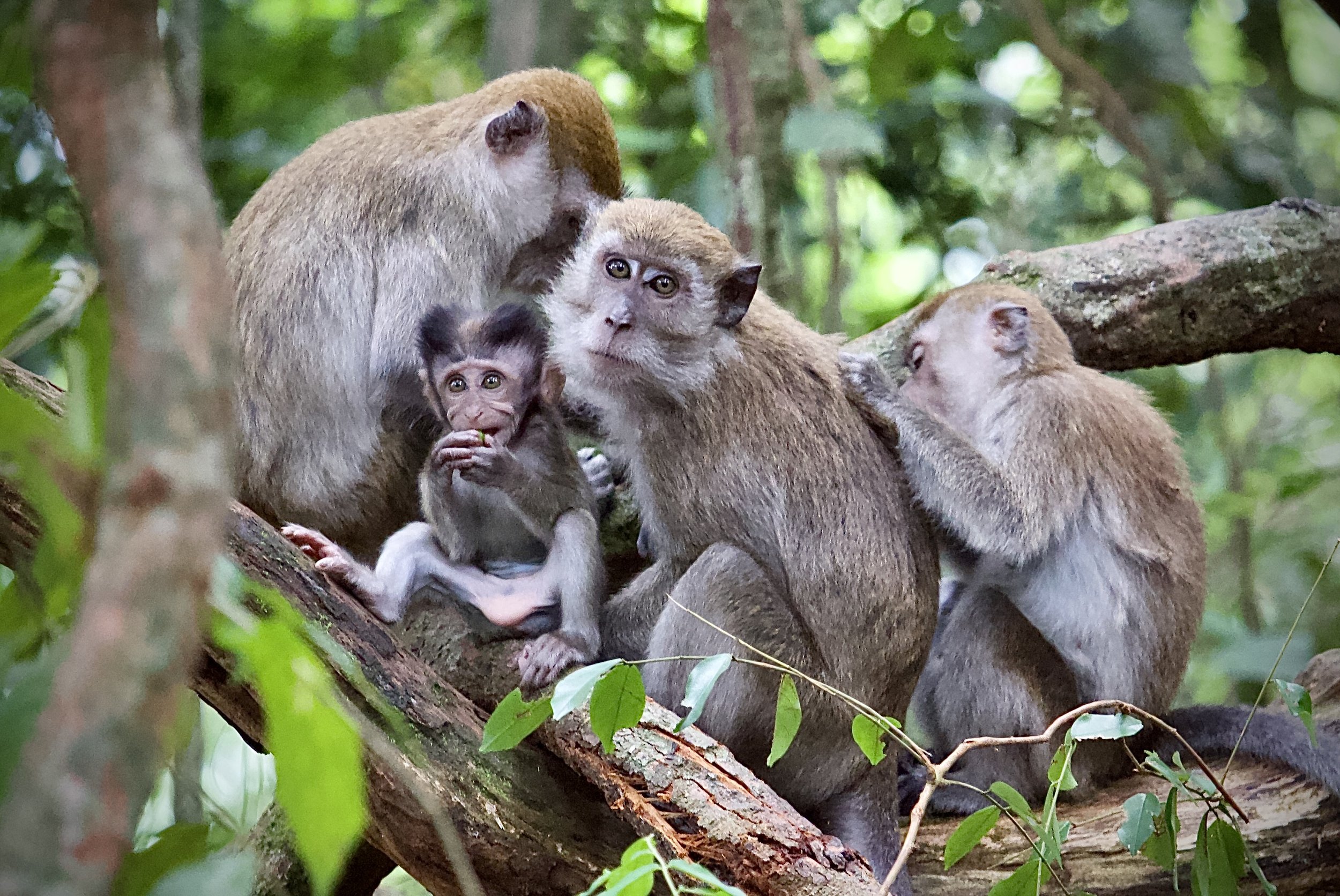Photo by Jonathan Mercier
“It wasn’t until 1991 that a black person was considered a citizen in Colombia,” said Ana María González, the co-founder of Fundación por la Educación Multidimensional (FEM).
Colombia's history is deeply rooted in colonialism. In the sixteenth century, Spanish colonists needing to replace the declining Indigenous population who worked the sugar cane plantations and gold mines brought Africans to Cartagena as slaves. When president José Hilario López signed Ley de Manumisión o de Liberación de los Esclavos en la Nueva Granada to abolish slavery in 1851, the Colombian government also began to adopt an ideology of blanqueamiento, or "whitening” of society. The underlying belief was “to whiten the race, was to improve the race” (Minority Rights Group, 2020). This mestizaje or miscegenation forced Afro-Colombians to migrate deep into the jungle along the coastal region as a way to protect themselves and preserve their culture.
Photo by Jonathan Mercier
Over 100 years later, the Colombian government finally acknowledged the country's multiethnic and multicultural composition in the Colombian Constitution of 1991. The Constitution granted over 74 ethnic groups of Indigenous and Afro-Colombian populations political, legal and cultural visibility, and provided the communities the right to land that could never be reclaimed by States or banks. According to the Colombian Department for National Statistics (DANE), Colombia has the second largest African descendant population in Latin America, with Afro-Colombians making up approximately 6.68% of the population. However, approximately 0.05% of the Afro-Colombian and Indigenous communities have land titles in the Caribbean.
González said, "We researched and realized that land distribution for Indigenous and Afro-Colombian communities, especially in the Colombian Caribbean region, is very unequal." Afro-Colombians continuously find themselves in the midst of conflict between armed groups because the regions of land they occupy are areas the government wishes to control and exploit.
Assisting Afro-Colombian and Indigenous communities to attain ownership over their land through collective titling is FEM, a non-profit organisation founded in 2008 in Cartagena. The spirit of FEM is summed up in one of their popular mantras: It's not about one against each other, why don't we do it together. "My dream at the beginning was to pair up big companies and big investors with Indigenous and Afro-Colombian communities, so they could decide what to do on the land together," said Gonzalez. "But we had to pause the effort because we realized that until the communities had the land, they had no leverage in negotiations."
Photo by Jonathan Mercier
To help bring that dream to life, FEM bridges the gap between Indigenous and Afro-Colombian community members, stakeholders and the Colombian government. They partner with the communities to educate and empower them about their rights, such as the protection of their culture, an ethnic education and property rights. FEM also works alongside the community members to implement policies and procedures that are beneficial to each specific community.
One such example is the Solution Land Forever initiative, where FEM collaborates with community members to create laws for the land they occupy. Through this effort FEM has helped protect several communities—including Rocha, Lomas de Matunilla, Puerto Badel, Gambote and Sincerín—and ensured 16,000 individuals will have land forever. This includes a partnership with Architects Without Borders to assist with the design and development of rural communities that respect the wants and needs of the Afro-Colombian and Indigenous populations.
Photo by Jonathan Mercier
After working with FEM for the Caño de Loro community, Wilman Herrera Imitola (Presidente Concejo Comunitario Caño de Loro) said, "The participatory design of our ethno development plan has allowed the community to have a dialogue with itself about our own history, learn where we come from, understand how our culture makes us unique and different. FEM allowed us to work with international experts with multiple experiences and shared their knowledge with us in an articulate way. FEM's experience is what allowed Caño de Loro to trust them, and they became our representatives."
They have started an initiative called Pechiches: Kids Book about Afrocolombian Children to teach children about their culture and history. Paola, a staff member at FEM said, "When kids go to school they read a lot of books. But they might not like them because they just see white people doing nice stuff, or something they don't live every day. So we create books with the kids' realities, so they can see themselves within the books. It shows them that being who they are isn't bad."
Photo by Jonathan Mercier
To assist with funding, FEM has developed two businesses to help sustain their organisation, a volunteer hostel in Cartagena and Cartagena Insider Tours.
But like thousands of organisations around the world, FEM has been heavily impacted by COVID-19. Many volunteers returned home, the Cartagena Insider Tours came to a halt and the team at FEM wasn't able to travel into the communities—putting the collective land titling process on hold. Yet the team at FEM is continuing the fight by communicating with community members over the phone, drawing up documents to send to government institutions and setting up virtual meetings. "We can't go into the communities right now," says González. "But we can get into many households. So we're still the vectors of transmission for community rights."
For more information about FEM Colombia and to support their important work, visit

















